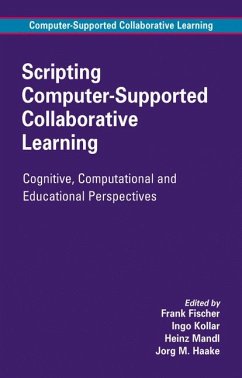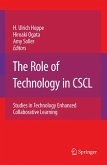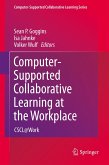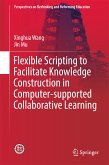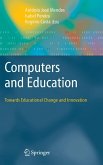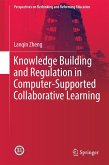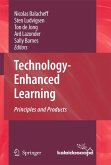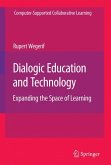Scripting Computer-Supported Collaborative Learning, which has collected advanced script approaches, demonstrates the opportunities for using synergy to apply the script concept between perspectives and interdisciplinary CSCL approaches to scripting.
This volume represents the state of the art of research on scripting computer-supported collaborative learning and provides a starting point for the development of a common understanding of scripting in CSCL. Research on collaboration scripts has an extraordinary potential for advancing the multidisciplinary endeavor of CSCL research and this book provides a rich basis for further exploring and realizing this potential. As such, it will be a valuable resource for research, development, and teaching.
Dieser Download kann aus rechtlichen Gründen nur mit Rechnungsadresse in A, B, BG, CY, CZ, D, DK, EW, E, FIN, F, GR, HR, H, IRL, I, LT, L, LR, M, NL, PL, P, R, S, SLO, SK ausgeliefert werden.

